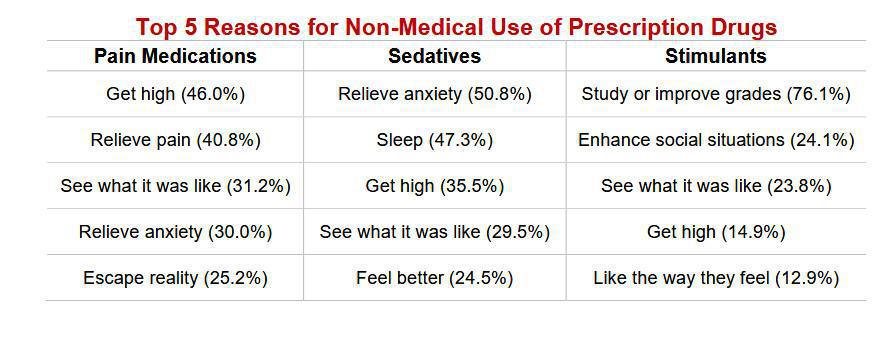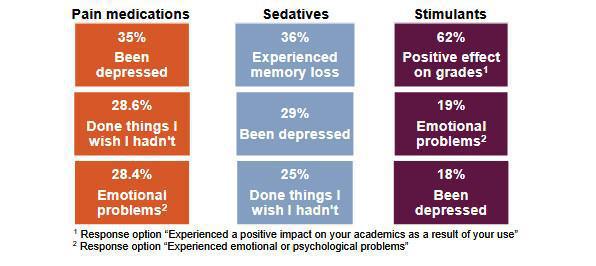The College Prescription Drug Study (CPDS) is a multi-institutional survey of undergraduate, graduate and professional students. The CPDS examines non-medical prescription drug use, including the reasons for and consequences of use, perceived access to prescription drugs and perceptions of use among students. The purpose of the CPDS is to understand the non-medical use of prescription drugs among college students. The CPDS was developed as a collaboration between The Ohio State University’s Center for the Study of Student Life, Student Wellness Center, and College of Pharmacy. The 2022 CPDS was administered by the College of Pharmacy.
During spring 2022, the CPDS was administered to random samples of students attending institutions across the United States via an online anonymous survey. The survey was administered to 58,000 students at the 15 participating institutions; 6,510 students responded for a response rate of 11.22%. More information on the study is available by contacting the CPDS team at rxstudy@osu.edu.
HIGHLIGHTS
Frequency of Use
• 6.8% of students reported misusing pain medications, 7.8% reported misusing sedatives, and 14.5% reported misusing stimulants.
• Many college students who report misusing prescription drugs have not used in the past 12 months. Of the students who reported ever misusing, 62.9% have not misused pain medications in the past 12 months, 56.7% have not misused sedatives in the past 12 months, and 43.5% have not misused stimulants in the past 12 months.
Access to Prescription Drugs
• 11.4% of students said it is somewhat easy or very easy to obtain pain medication for non-medical use; 15.2% of students said sedatives are somewhat easy or very easy to obtain; 26.4% of students said stimulants are somewhat easy or very easy to obtain.
• The majority of students who misuse prescription drugs reported that they typically
obtain prescription drugs from friends (44.0% for pain medications, 54.6% for sedatives and 76.9% for stimulants).
Reasons for Use
• The most common reasons students reported misusing pain medications were to get
high (46.0%) and to relieve pain (40.8%); sedatives were to relieve anxiety (50.8%) and to get to sleep (47.3%); and stimulants were to study or improve grades (76.1%).
Consequences of Use
• The most frequently reported effects of misusing prescription drugs included
experiencing depression for students who used pain medication (35.2%), experiencing memory loss for sedative use (35.5%) and self-reported positive impact on academics for stimulant use (61.9%).
Education and Resources
• 51.4% of students were aware of resources, either on or off campus, that help with
prescription drug safety.
• 73.1% of students knew where to go to get help if they were worried or concerned about misuse.
CONSEQUENCES OF USE
There are many potential consequences of misusing prescription drugs. Students were asked to choose from a list of consequences and select which they had experienced because of their non-medical use of prescription drugs. The most frequently reported consequences among student respondents in the CPDS are outlined below.
For More Information, Please Select The Link Below:
Source: Campus Drug Prevention.gov




